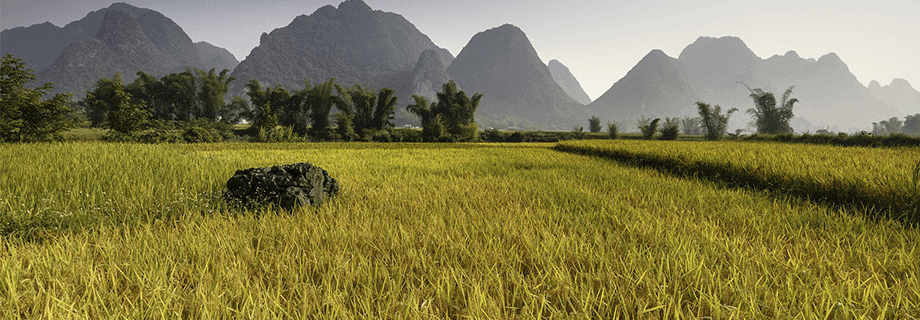Mycotoxin Contamination is Widespread in Feed Ingredients and Complete Feeds in Asia

It has been discussed in a previous blog here that high-shear dry extrusion is effective at reducing mycotoxin concentrations in grain. In particular, research on cottonseeds has exhibited reductions in aflatoxins (a type of mycotoxin) of 32-58%.
Mycotoxin consumption is problematic for any livestock species. The ill effects of mycotoxins are varied, concentration-dependent (meaning there are “safe” levels in ingredients and feeds), and sometimes not easy to detect or overcome because the stresses of mycotoxin exposure can be masked by, or compounded with, other stressors in commercial livestock production. A good review on this topic can be found here.
Mycotoxins are produced by fungi that grow on crops in the field, or after harvest during storage. Weather conditions, which vary considerably from year-to-year and area-by-area within the same year, play a major role in how well the fungi grow and make toxins. As a result, mycotoxins are a constant hazard that must be controlled.
A recent article (Sim and Ho, 2013) describing mycotoxin survey results of ingredients and feeds used in Southeast Asia helped to define the scope of this challenge. Samples of corn, soybean meal, and finished feeds were obtained – 279 in total – and tested for one of several aflatoxins; zearalenone; deoxynivalenol; fumonisin B1; and ochratoxin A. The samples originated from Malaysia, Indonesia, Philippines, Thailand, Cambodia, Vietnam, and Taiwan.
Some of the key findings from the survey were the following:
- Mycotoxins were prevalent in samples from each country, and the type of contamination was different based on country.
- For example, 58% of samples from Indonesia contained aflatoxin B1, which was only present in 8% of samples from Taiwan
- Aflatoxin G1 was present in 91% of all samples, while ochratoxin A was present in 11% of all samples.
- Seventy-seven percent (214) of the samples contained 3 or more mycotoxins.
- Corn, soybean meal, and finished feed samples all contained mycotoxins, from 3-82% depending on material tested and mycotoxin in question.
- In particular, aflatoxin B1 was often found at levels above the European Commission guidelines for maximum levels
- Nearly 40% of poultry feed ingredients, and nearly 60% of finished feeds, were above the maximum.
- Nearly 50% of piglet feed ingredients, and nearly 70% of finished feeds, were above the maximum.
Mycotoxin contamination is prevalent in Southeast Asian ingredients and feeds, and must be controlled to minimize their negative effects on livestock performance because many samples contained aflatoxin B1 levels over the recommended exposure levels. Crops grown in other parts of the world may also contain mycotoxins, depending on the growing conditions in any given year.
Reference: Sim J., and J. Ho. 2013. Asian Poultry Magazine. November/December 2013. p. 52-55.

